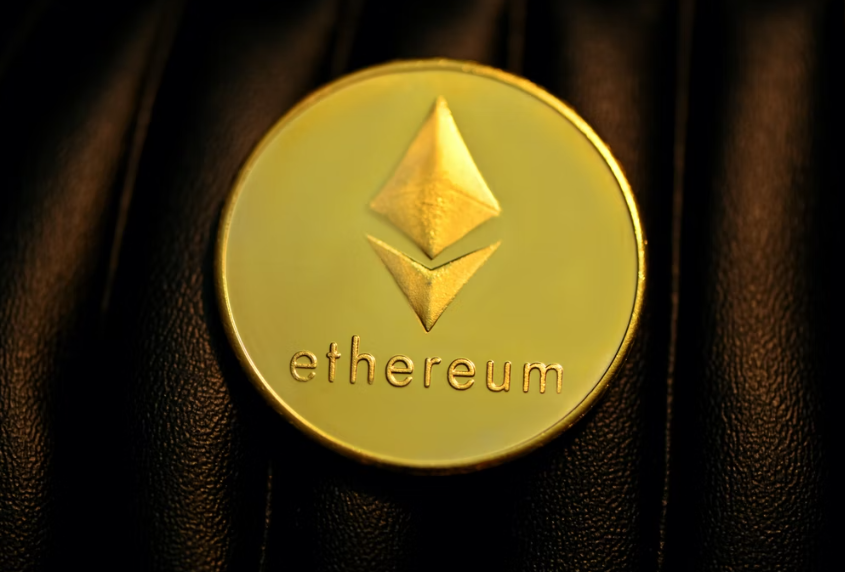
Subscribe to the CryptoWeekly Newsletter
Get the top stories, funding deals, technical analysis, cryptocurrency jobs and much more delivered to your inbox, every Monday morning.

May 08,2022
Binance Receives DASP Registration In France As Changpeng Zhao Continues To Work Alongside Regulators

May 08,2022
Vasil Hardfork Just Around The Corner As All Eyes On Cardano

May 07,2022
Google Is Assembling A Web 3.0 Team

May 05,2022
Gucci Moves To Accept Crypto In Select Stores

May 04,2022
Polkadot Has Announced Cross-chain Communications Protocol

May 01,2022
Evmos Finally Goes Live On Cosmos Network After Years Of Development

May 01,2022
Deus Finance Gets Hacked As Over $13 Million Stolen In Latest Flash Loan Based Exploit

April 29,2022
Goldman Sachs Approved Bitcoin-Backed Fiat Loan

April 27,2022
Central African Republic Is Worlds Second Country To Accept Bitcoin As Legal Tender

April 26,2022
Elon Musks Twitter Offer Accepted

April 25,2022
Tether Use Cases - Are They Still Relevant?

April 25,2022